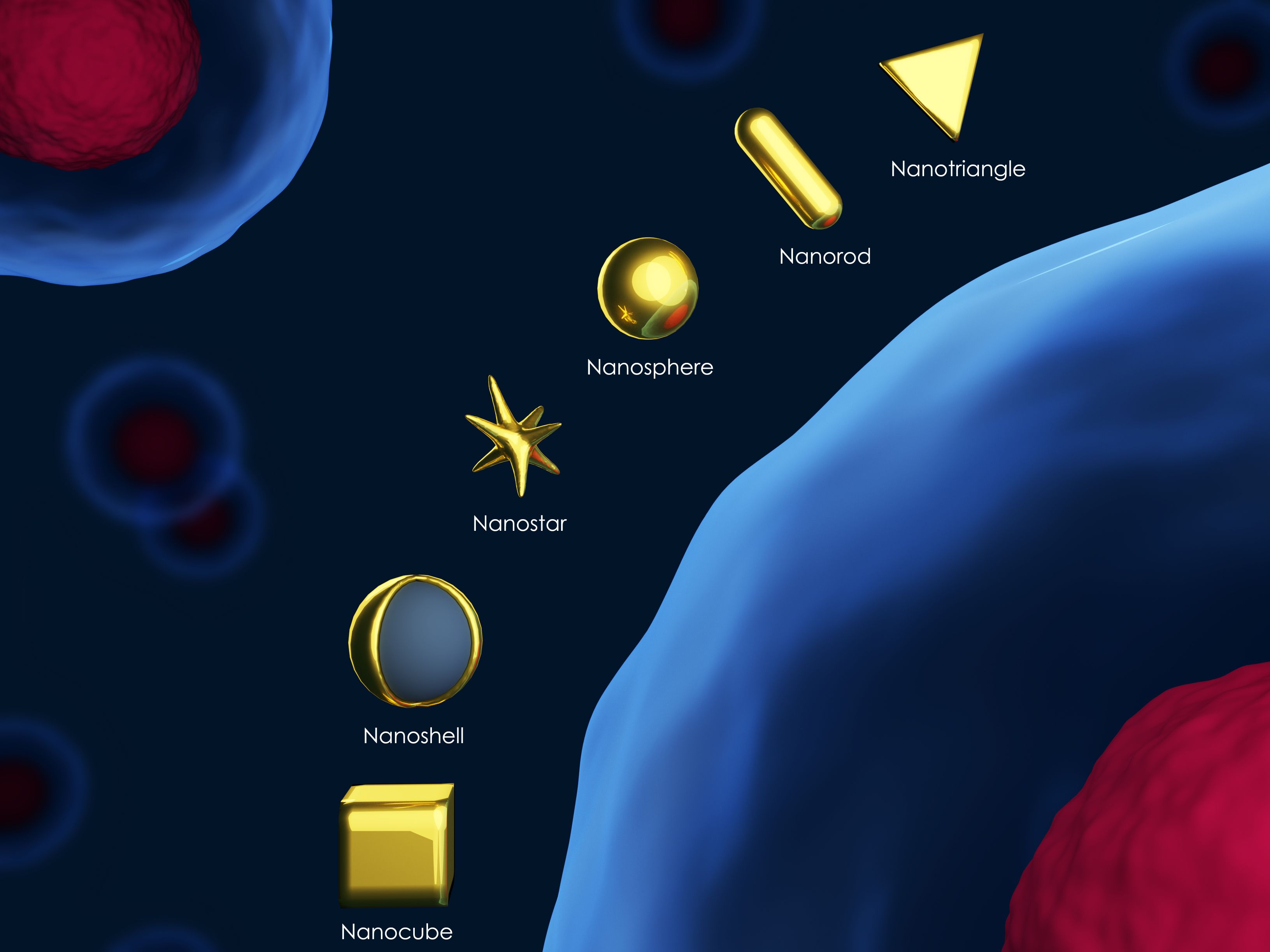The Role of Gold in Medicine and Dentistry
Introduction to Gold in Medicine and Dentistry
Gold has long been revered for its beauty and value, but its significance extends far beyond jewelry and currency. In the fields of medicine and dentistry, gold plays a crucial role due to its unique properties. This precious metal is not only biocompatible but also resistant to corrosion, making it ideal for various medical applications.

Gold in Modern Medicine
Gold's utility in medicine is vast and varied. One of its most notable uses is in the treatment of rheumatoid arthritis. Gold compounds, known as chrysotherapy, have been employed to reduce inflammation and alleviate symptoms in patients. Additionally, gold nanoparticles are being explored for their potential in drug delivery systems, allowing for targeted treatment with minimal side effects.
Another promising area is cancer treatment. Gold nanoparticles are used to enhance the effectiveness of radiation therapy. Their ability to absorb radiation and convert it into heat helps in destroying cancer cells more efficiently. This approach is gaining traction as a complementary treatment option in oncology.

Gold in Dentistry
Gold's role in dentistry dates back centuries. Its durability and malleability make it an excellent choice for dental restorations. Gold alloys are commonly used for crowns, bridges, and fillings due to their strength and longevity. Unlike other materials, gold minimizes wear on opposing teeth, making it a preferred option for many dental professionals.
Moreover, gold's non-reactive nature ensures that it does not corrode or cause allergic reactions, providing patients with a safe and long-lasting solution. With advancements in dental technology, gold continues to be a staple material in modern dental practices.

Advantages of Using Gold
The benefits of using gold in medical and dental applications are numerous:
- Biocompatibility: Gold is non-toxic and does not provoke immune responses.
- Corrosion resistance: It remains stable and does not degrade over time.
- Malleability: Gold can be easily shaped and fitted for various applications.
Challenges and Considerations
Despite its advantages, the use of gold in medicine and dentistry is not without challenges. The primary concern is cost, as gold is an expensive material. This factor can limit its availability and lead to higher treatment costs for patients. Additionally, while gold is durable, it may not always match the aesthetic appeal of other materials, particularly in dentistry where natural tooth color is desired.

Furthermore, the rise of alternative materials such as ceramics and composites offers more affordable options. These materials often mimic the natural appearance of teeth better than gold, making them increasingly popular in cosmetic dentistry.
Conclusion
Gold remains an invaluable resource in the fields of medicine and dentistry. Its unique properties continue to make it a preferred choice for various treatments and applications. While there are challenges associated with its use, ongoing research and technological advancements may help mitigate these issues, ensuring that gold retains its prominent role in healthcare.